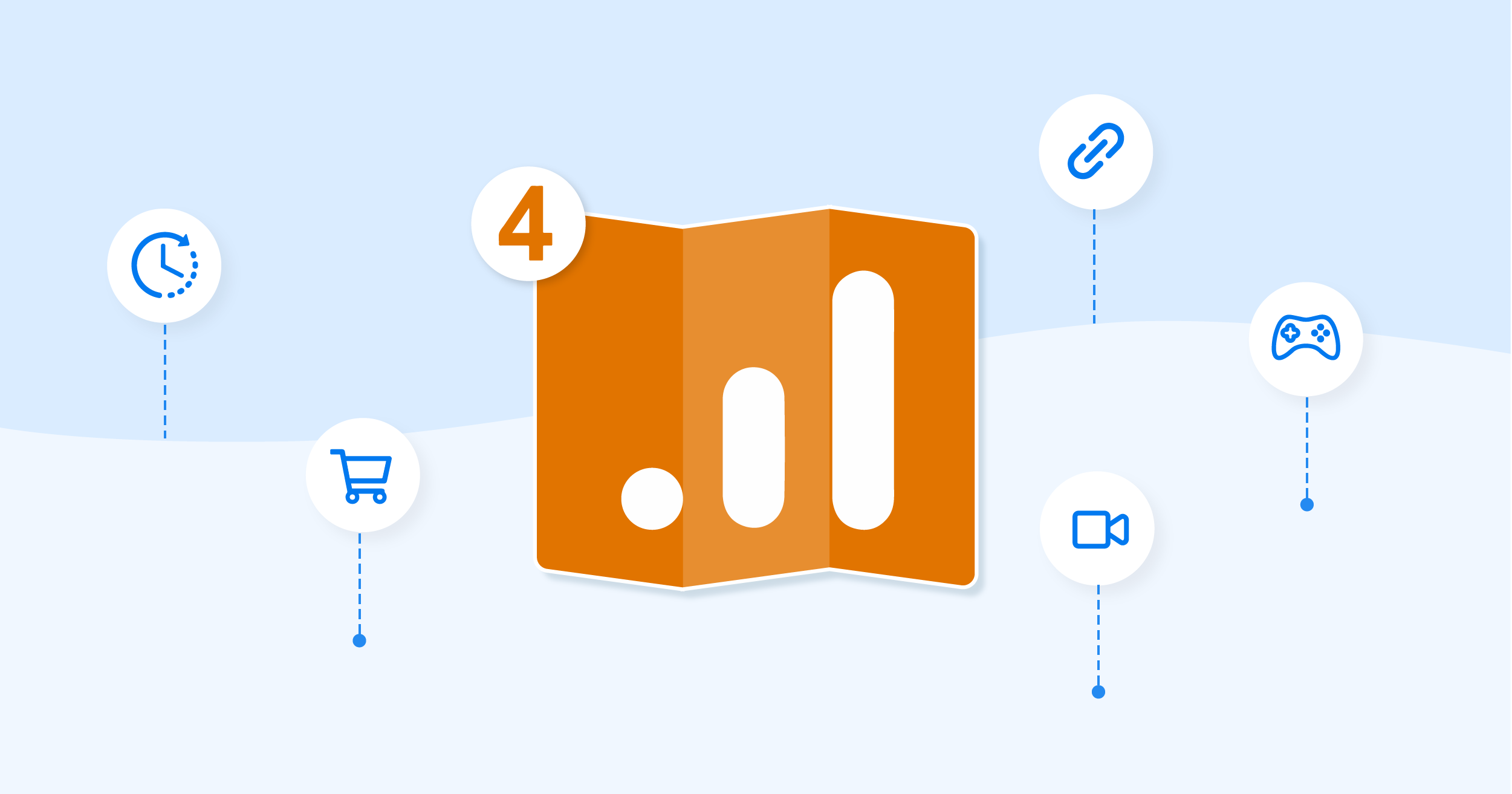The Power of Google Analytics Secondary Dimension: Making The Most Of Insights
The Power of Google Analytics Secondary Dimension: Making The Most Of Insights
Blog Article
Opening the Power of Second Measurement Analytics for Enhanced Information Insights and Decision-Making
In the realm of information analytics, main dimensions often take the limelight, but the true depth of insights exists within the realm of secondary dimensions. By utilizing the power of additional measurement analytics, companies can introduce surprise fads, uncover correlations, and remove a lot more purposeful final thoughts from their data.
Value of Secondary Measurements
Checking out the relevance of second dimensions in analytics introduces the concealed layers of data insights vital for notified decision-making in numerous domain names. Additional dimensions supply a deeper understanding of main data by using added context and perspectives. By including additional measurements into analytics, companies can draw out more nuanced and thorough understandings from their datasets.
One secret relevance of secondary dimensions is their ability to sector and categorize key information, enabling for a much more thorough evaluation of specific subsets within a dataset. When looking at the information as a whole, this segmentation enables organizations to recognize patterns, trends, and outliers that might not be evident. Furthermore, additional dimensions help in discovering relationships and reliances in between different variables, causing more precise forecasting and anticipating modeling.
Additionally, additional measurements play an essential function in boosting information visualization and reporting. By adding additional measurements to visualizations, such as graphes or charts, analysts can produce a lot more insightful and helpful depictions of information, promoting better communication of findings to stakeholders. In general, the combination of additional dimensions in analytics is critical in opening the complete possibility of information and driving evidence-based decision-making.
Trick Advantages of Making Use Of Second Measurements
Making use of second measurements in analytics uses companies a calculated benefit by increasing the deepness and granularity of data insights. One essential benefit of incorporating secondary measurements is the ability to sector and filter information, permitting a much more comprehensive analysis of specific facets within a dataset. This division allows organizations to gain a more nuanced understanding of their audience, efficiency metrics, and various other vital data points. By studying data utilizing secondary measurements such as time, area, gadget type, or customer demographics, companies can discover patterns, trends, and relationships that might otherwise continue to be surprise.
Furthermore, the use of second dimensions enhances the context in which main information is analyzed. By leveraging secondary dimensions in analytics, organizations can harness the full possibility of their information to drive far better decision-making and achieve their company goals.
Advanced Information Evaluation Strategies
A deep dive right into advanced data analysis techniques exposes advanced approaches for removing beneficial understandings from complex datasets. One such technique is artificial intelligence, where algorithms are utilized to determine patterns within data, anticipate results, and make data-driven decisions. This method permits the automation of analytical model building, enabling the handling of huge quantities of information at a quicker speed than conventional techniques.
Another advanced technique is anticipating analytics, which makes use of analytical algorithms and device knowing techniques to forecast future end results based upon historical data. By analyzing fads and patterns, services can expect customer actions, market fads, and prospective risks, empowering them to make aggressive decisions.
Additionally, message mining and belief analysis are valuable strategies for drawing out insights from disorganized data sources such as social media sites comments, customer testimonials, and survey responses. By examining text information, organizations can understand consumer opinions, determine emerging fads, and improve their product and services based on comments.
Enhancing Decision-Making Through Second Dimensions

Enhancing decision-making via additional measurements enables services to make even more informed and targeted calculated selections. By segmenting customer data based on additional measurements like acquiring background or engagement levels, companies can tailor their advertising methods to details target market segments, leading to improved conversion rates and customer complete satisfaction. Additionally, second measurements can aid recognize relationships and partnerships in between various variables, making it possible for companies to make data-driven choices that drive development and productivity.
Implementing Second Measurement Analytics
When including additional dimensions in analytics, organizations can unlock much deeper Click This Link understandings that drive calculated decision-making and improve overall performance. Implementing second measurement analytics needs a structured approach to make certain reliable use of this powerful device. The very first step is to identify the key metrics and measurements that line up with the organization's critical objectives. This involves understanding the details concerns the organization looks for to respond to and the data factors needed to resolve them.

Additionally, companies ought to utilize advanced analytics devices and modern technologies to streamline the procedure of incorporating additional measurements. These tools click over here can automate data handling, analysis, and visualization, enabling companies to focus on translating understandings as opposed to hands-on information adjustment.
Conclusion
Finally, secondary measurement analytics play a crucial role in enhancing data insights and decision-making processes. By using advanced information evaluation methods and executing additional measurements efficiently, companies can unlock the power of their data to drive tactical company choices. The key benefits of using additional measurements can not be overemphasized, as they provide a deeper understanding of data trends and connections. It is necessary for companies to utilize secondary dimension analytics to stay competitive in today's data-driven landscape.
In the realm of data analytics, primary measurements often take the limelight, yet the real depth of insights lies within the world of additional dimensions.Utilizing secondary measurements in analytics uses organizations a tactical advantage by boosting the deepness and granularity of data insights. By leveraging second measurements in analytics, organizations can harness the full possibility of their data to drive better decision-making and attain their organization goals.
Executing information recognition processes and normal audits can assist maintain information high quality and reliability.
By making use of sophisticated data evaluation techniques and applying additional dimensions properly, organizations can unlock the power of their information to drive tactical organization decisions.
Report this page